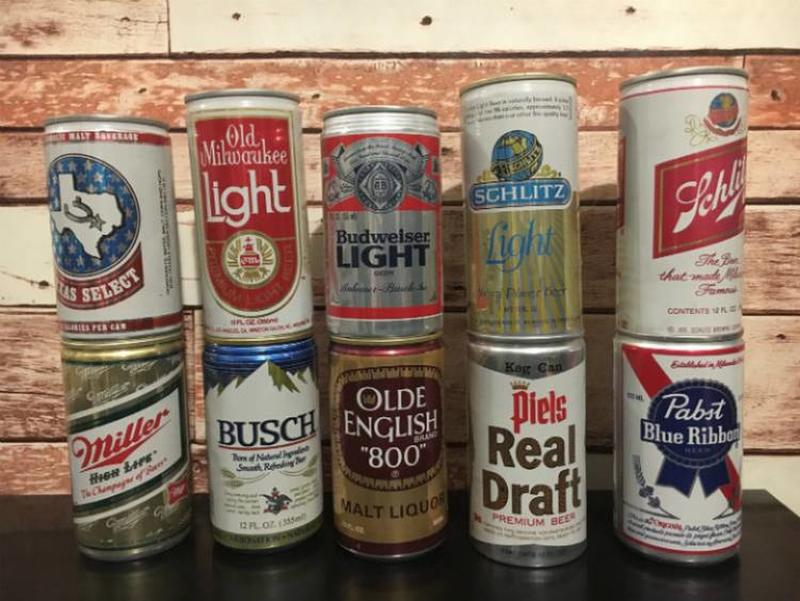
Most people would never even consider the value of a beer can, save that of what the scrap might be worth for recycling. Like soda cans, they're just the packaging for the product we're really interested in. We drink them, often crush the can, and then throw them away. After all, one can of Budweiser looks exactly like the rest of them, right? Well, perhaps they do nowadays, but that hasn't always been the case.
Standard cans have no value at all - if you want to become a beer can collector, you should keep an eye out for limited editions, commemorative packaging and anything else which is clearly a temporary design feature. Beer enthusiasts will pay big money to get their hands on limited runs in years to come. A gentleman called Jeff Lebo, who lives in Pennsylvania, spent 40 years collecting every can of beer he drank. In 2015, the entire collection of 87,000 cans was valued at over $1.5m. The pick of his range were flat top beer cans from the late 1930s, which can be worth up to $1000 per can.
Over the years, weve seen so many food trends come and go, such as ramen burgers, matcha, and spiked ice-cream. Nowadays, were seeing another trend making waves in the food industry. How many times today have you seen an Instagram photo of a scoop of black ice cream, or a cup of black yogurt, or hamburgers with black buns? Indeed, the charcoal trend has taken the world by storm.
So, what gives your latte that deep black shade? Activated charcoal, or coconut ash, is produced by heating coconut shells to insanely high temperatures until theyre burnt to a crisp. The ashes are then increased in size by steaming at high temperatures. Through this process, the ashes become a strong detoxifier, mostly because they become extra absorbent. This product may be purchased in pill form, and promises to alleviate hangovers, minimize the effects of food poisoning, and fight the visible signs of aging.
Activated charcoal is said to boost ones energy as a result of decreasing toxins in the body. However, no evidence proves that detoxifying can lead to increased energy. Also, while it can help cure a hangover, it doesnt necessarily remove alcohol from your blood. It is also said to aid in debloating your stomach because it cleanses your colon but again, this all anecdotal and isnt supported by scientific evidence as of yet. All we can say for sure is that it is a proven detoxifier.